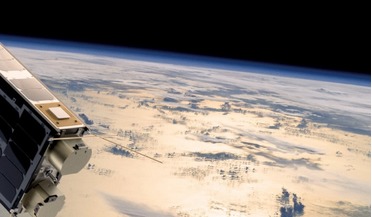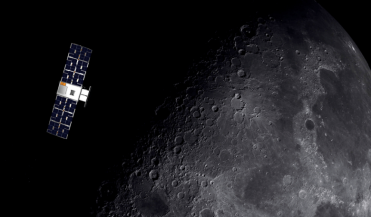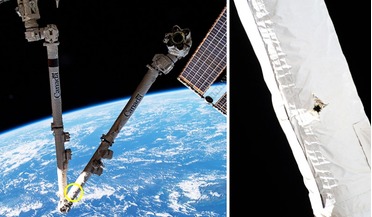 January 2020
Satellite-based IoT - the race is on
January 2020
Satellite-based IoT - the race is on
... to pick up faint signals from remote, battery powered devices. To find the most cost-effective satellite system Lacuna Space launched a satellite earlier this year and plans three more by year end. The risk of LEO/GEO interference...
 July 2020
Covid-19 infects global space community
July 2020
Covid-19 infects global space community
... spacecraft). In fact, Planet, which operates the largest remote sensing satellite system in the world with some 150 satellites in orbit, has already adopted remote satellite operation. A normally busy Frankfurt airport looks almost deserted amid the...
 June 2021
China’s ascending commercial space sector
June 2021
China’s ascending commercial space sector
... Landspace, iSpace, OneSpace and Expace, and the satellite manufacturers Commsat, Space-OK and CGSTL. Some of these... coming years. In just over three decades China’s BeiDou Navigation Satellite System (BDS) - named after the Chinese term for the Big ...
 September 2023
Satellite manufacturing - building to size, speed and security
September 2023
Satellite manufacturing - building to size, speed and security
... in a better future. When the company acquired Tyvak Nano-Satellites Systems in 2013, it was under the auspices of Dr Jordi ... 2022, we supported the Lockheed Martin In-space Upgrade Satellite System (LINUSS) mission involving two of the most versatile...
 20 June 2018
Trump officially calls for the creation of US “space force”
20 June 2018
Trump officially calls for the creation of US “space force”
... been left to the US Air Force to oversee the command of the military's existing satellite systems such as reconnaissance satellites, missile-warning systems, GPS and communications platforms, however, with the US military and intelligence agencies...
 01 June 2021
Space junk collision highlights need for intervention
01 June 2021
Space junk collision highlights need for intervention
..., spent rocket parts and other wayward objects, a problem is magnified by society's dependence on satellite systems for telecommunications, GPS and other everyday services. It is estimated that there are around 34,000 trackable objects - ...